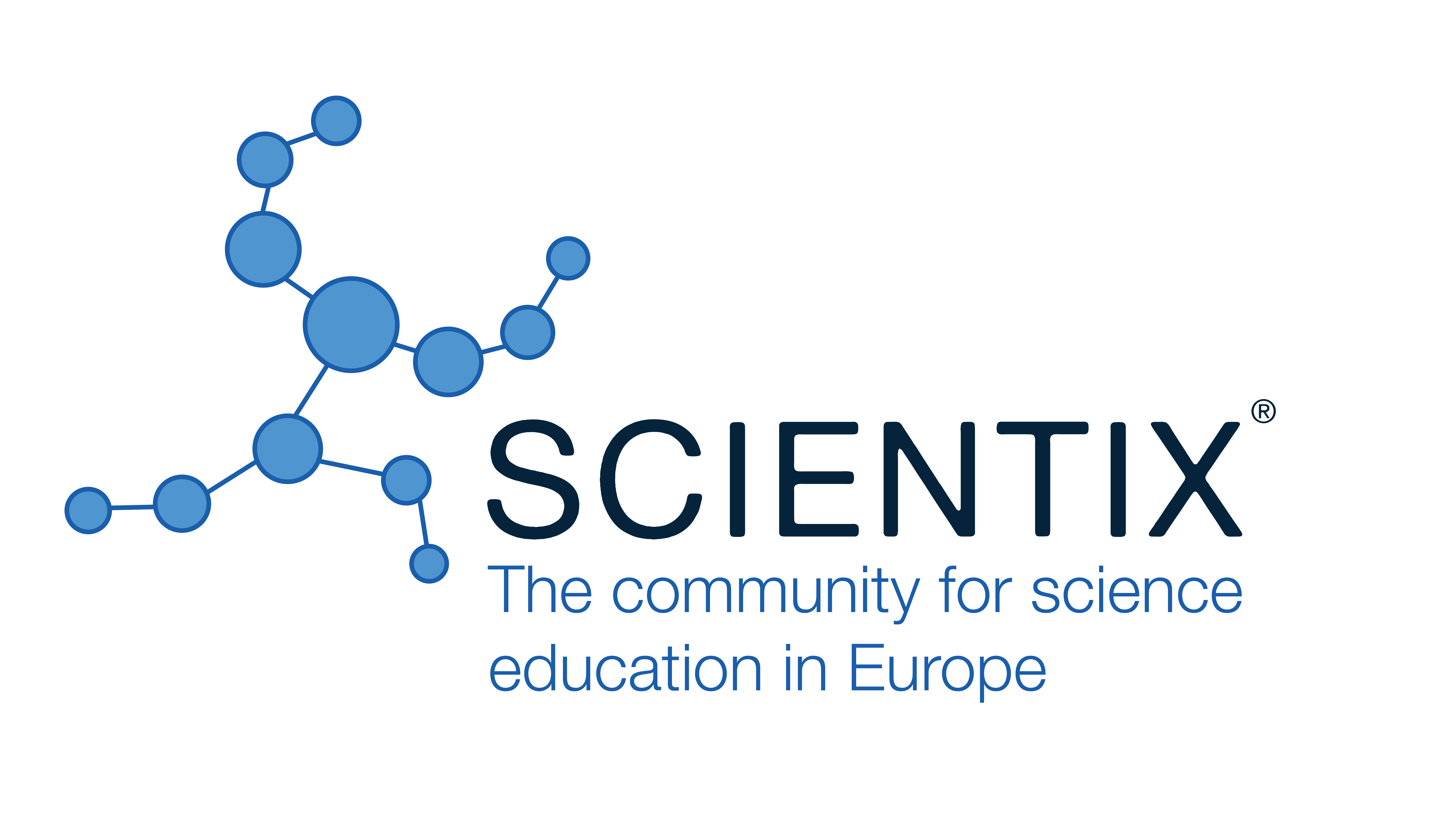Resql -Bullying prevention program for elementary and secondary school
Małgorzata Wójcik, University of Social Sciences and Humanities (Poland)
Abstract
Peer bullying is defined as a form of aggressive behaviour characterized by regularity, imbalance of power and authority between the bully and the victim and the intention to hurt the victim [1]. It is a universal phenomenon [2]. which can take an overt form (physical, verbal, material and sexual harassment) or an indirect form of relational bullying. At the same time results show that students are very reluctant to report bullying (both victims and bystanders) and ask for help [3]. The mobile app enables students to anonymously report worrying or threatening behaviours of other students. It is also possible to attach multimedia (photos, films) to the report. Students can use a few categories of reports which are assigned to specific types of bullying, and simple, intuitive steps to describe the situation. Sample descriptions of inappropriate (bullying) behaviours make it easier for students to assess whether a situation is bullying or not. RESQL use as a smartphone app, which is the most commonly used device among young people, gives it a good chance of becoming a popular solution. In addition, the application gives students the opportunity to report peer bullying 24 h from a place that is discreet and safe for the reporting person. The school is provided with an online panel and a unique code to be used by students for authorisation in the mobile app.
The evaluation of the applied tools have also brought knowledge of the phenomenon of bullying in the researched classes. They also helped to identify the so-called “class atmosphere”. The RESQL system implementation studies included N = 600 students from thirteen public schools. Students have completed the evaluation surveys concerning he implemented RESQL system and surveys measuring the class atmosphere. The results show that some students are struggling with difficulties in their social groups: 31% of the respondents declared that they do not have a single person in their class they can count on; 30% of students don’t like going to their school; 15% of students don’t like their class and 11% don’t feel safe at school. The results also show that students need an anonymous tool to report bullying incidents or other unwanted behaviours.
1] Salmivalli, C. (2014). Participants roles in bullying: How can peer bystanders be utilized in interventions? Theory into Practice, 54, 286–292.
[2] Gini, G., & Pozzoli, T. (2009). Association between bullying and psychosomatic prob-lems: A meta-analysis. Pediatrics, 123(3), 1059–1065.
[3] Wójcik, M., & Rzeńca, K. (2021). Disclosing or hiding bullying victimization: A grounded theory study from former victims’ point of view. School mental health, 13(4), 808-818.
 The Future of Education
The Future of Education





























